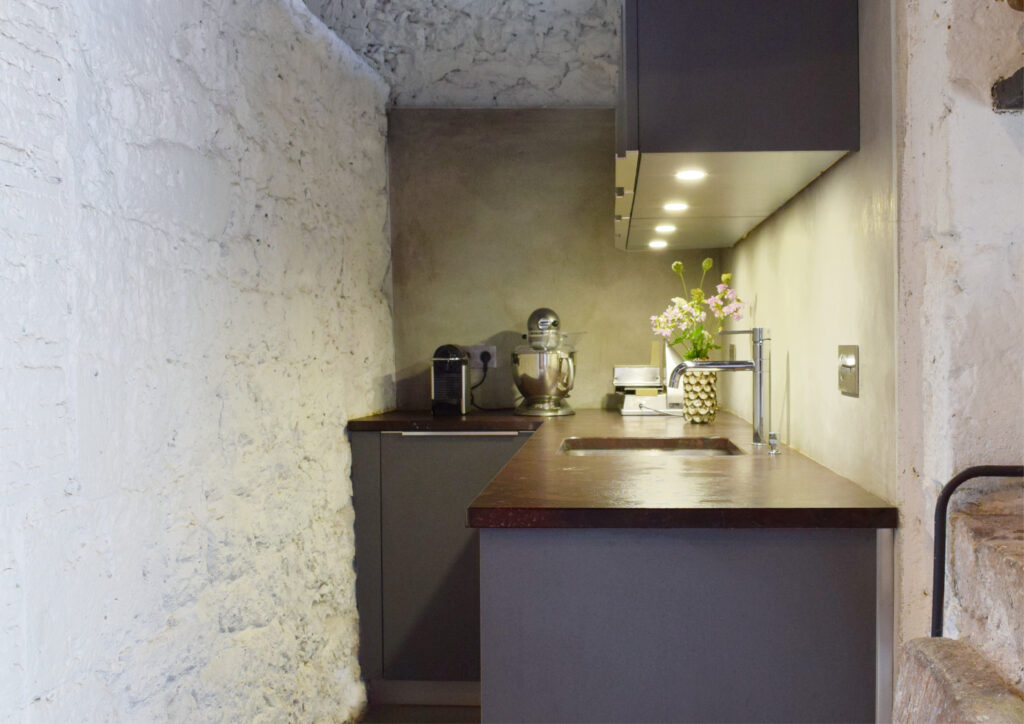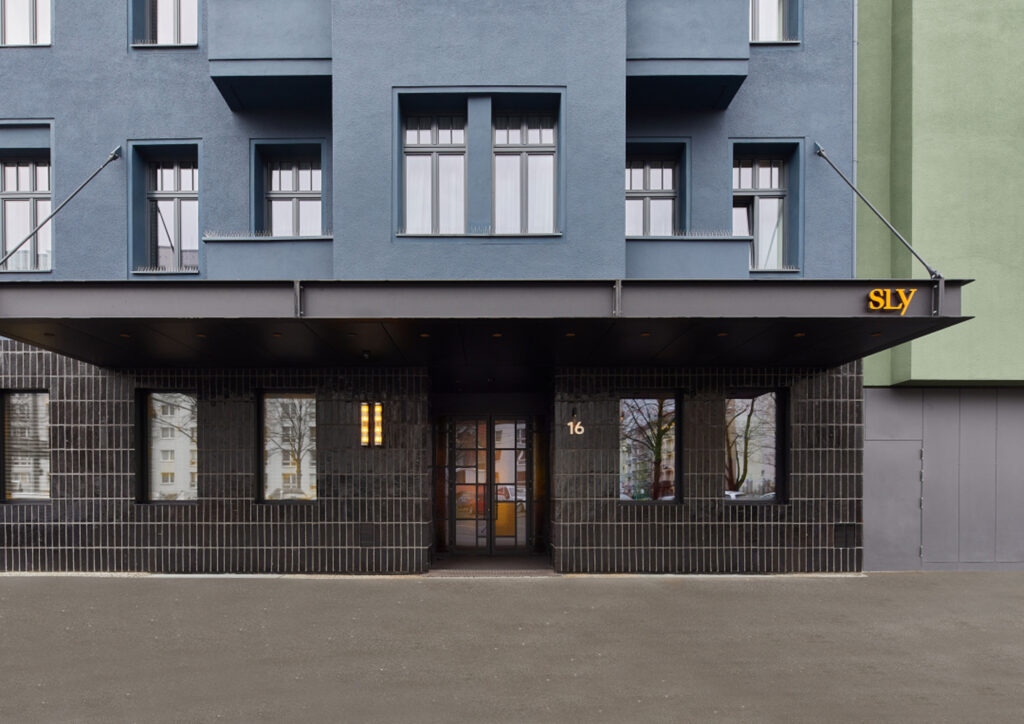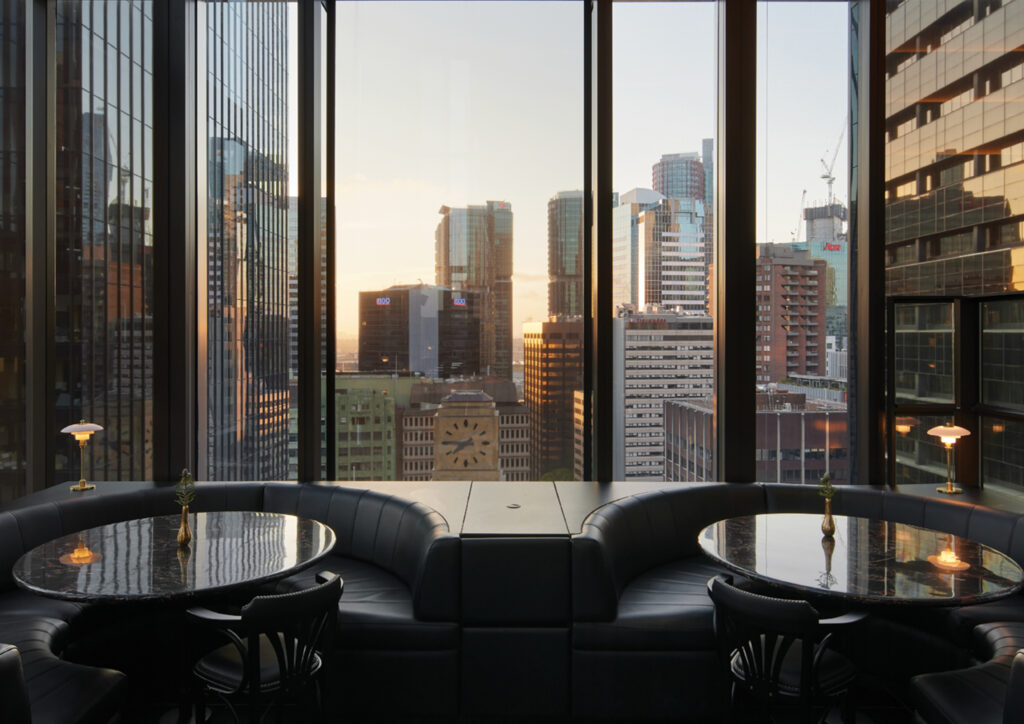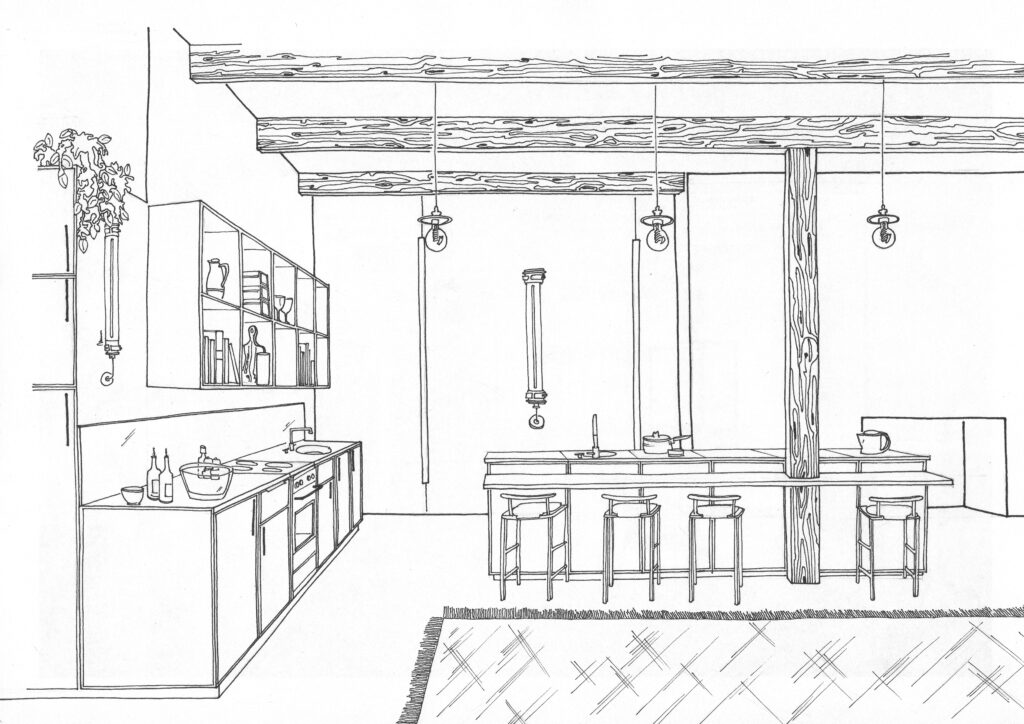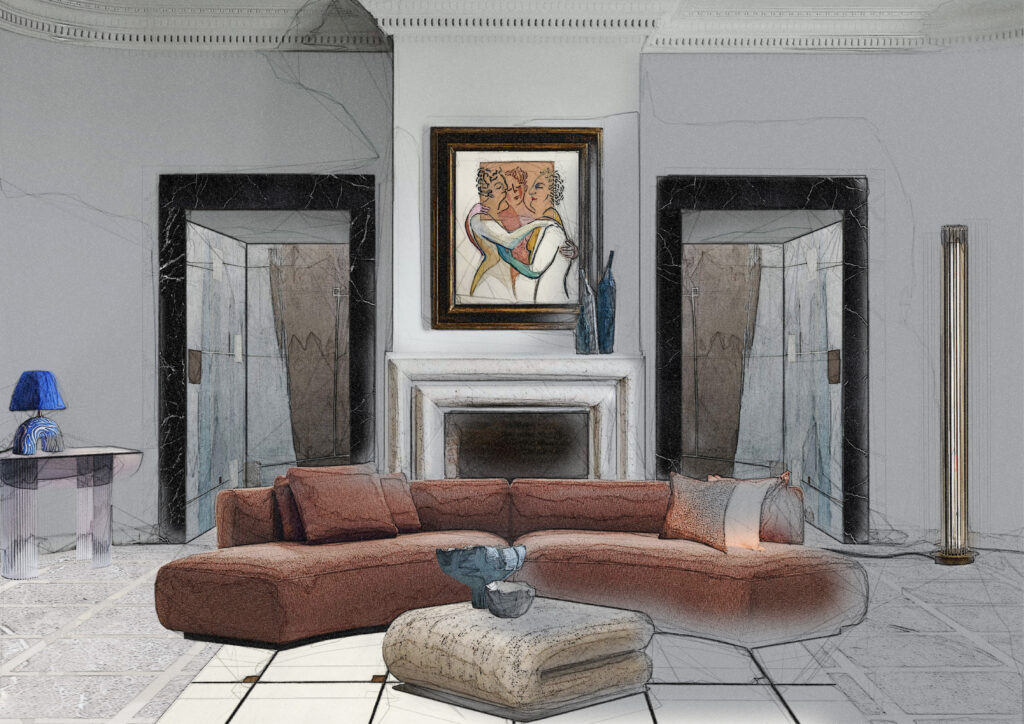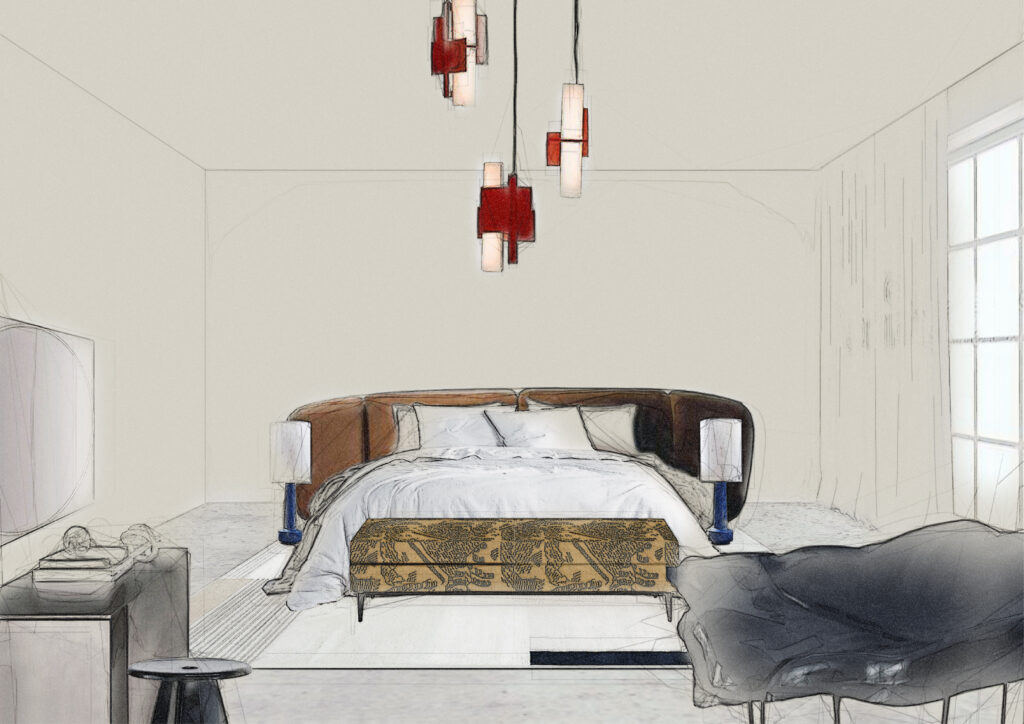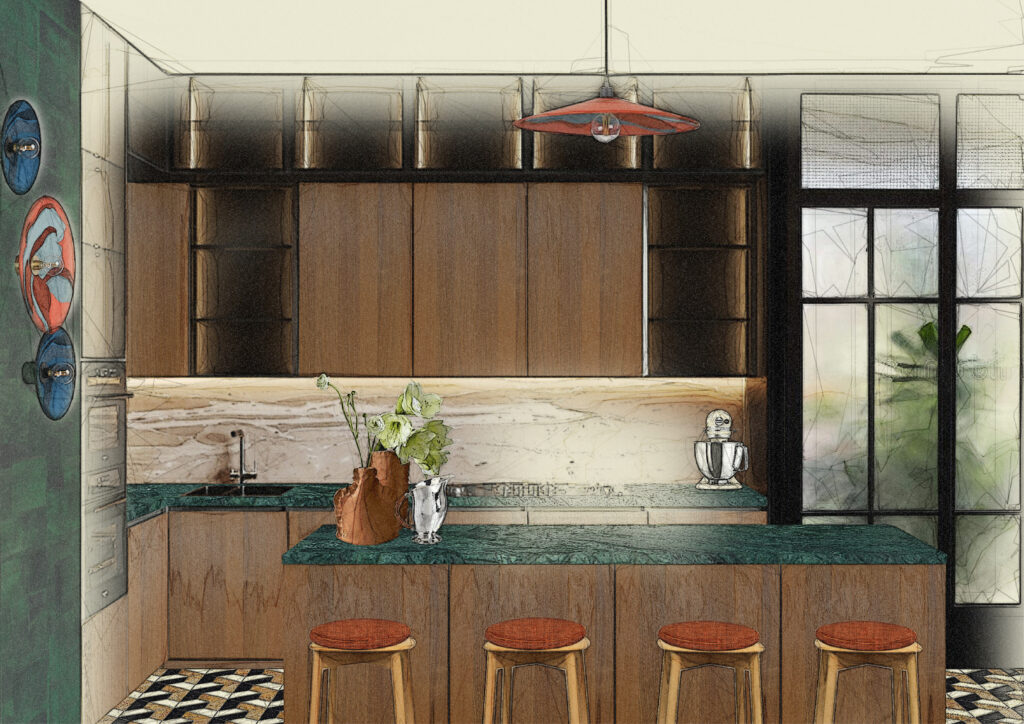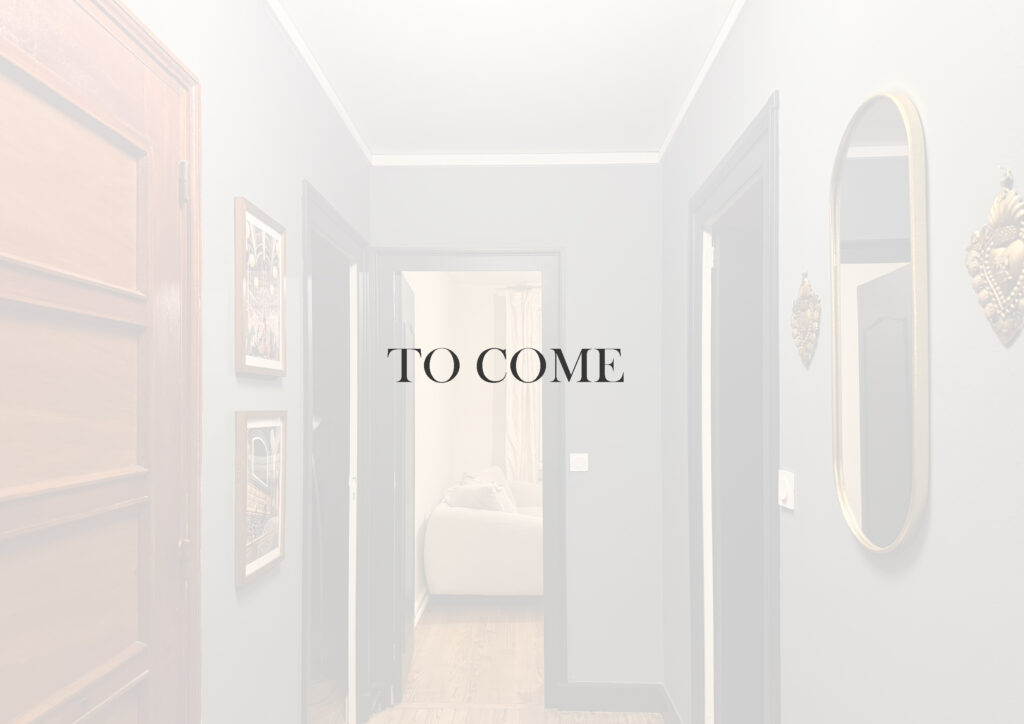
SURSON
This refurbishment project sought to reveal and enhance the architectural character of a 1950s apartment located in the heart of Bordeaux’s historic Chartrons district. The intervention began with a comprehensive upgrade of technical systems, the replacement of original joinery, and the restoration of surface finishes, ensuring coherence throughout the space. The interior design embraces a respectful dialogue with the apartment’s original materials, subtly integrating contemporary elements. The result is a serene and inviting living environment.
An old farmhouse was to be renovated and fitted with modern facilities. We decided to preserve the building’s authentic features, such as the natural stone walls, timber roof trusses, and tiled roofs. For vertical circulation, we designed a staircase between two reinforced concrete slabs that extends across all floors. The attic was converted into bedrooms arranged around the new staircase. The façades and roofs were left in their original state in order to retain the charm of the historic building.
This project was carried out as part of a team at the Giorgio Gullotta Architekten agency, based in Hamburg. The hotel, located in the heart of the Friedrichshain-Kreuzberg district, underwent a renovation that combined the charm of Berlin’s traditional Altbau architecture with a new industrial aesthetic. The intervention involved elegantly connecting four existing buildings (three former multi-storey factories and a residential house dating back to the early 20th century) with two new constructions, creating a harmonious ensemble organised around a large central greenhouse housing the restaurant area.
While working as an architect at the architecture firm JPW, I joined the team responsible for the construction of a 26-storey hotel adjacent to the iconic Australia Square, in Sydney’s central business district. The tower is divided into three main sections in response to its immediate surroundings. The first two levels are dedicated to high-quality retail spaces, while a 20-storey structure accommodates 194 hotel rooms. Finally, a four-storey golden crown houses the hotel lobby, along with a swimming pool, bar, and restaurant, offering views over the city’s skyline.
I was awarded an Honourable Mention in the (Re)Distribution category of the “Low-Rise: Housing Ideas for Los Angeles” competition. Launched in November 2020, this design challenge invited architects to imagine new, appealing and sustainable models of multi-family housing for the city of Los Angeles. My project proposes a reinterpretation of the layout of the modernist Kings Road House, designed by Rudolph Schindler, offering residents the possibility to adapt their personal space in response to their changing needs.
Luigi Ghirri, the author of the photograph Pescara (1972), was an Italian photographer born in 1943. He used his camera to explore the relationship between the physical world and the world of images, between natural landscapes and their alteration by human beings. He worked mainly in colour because, as he put it, “the real world is in colour.” I sought to translate this photograph into an interior that feels both calming—through the evocation of the blue of the sea and sky—and grounded, through the use of earthy clay tones.
The idea behind the first three projects was to find inspiration in art in order to put my interior design skills into practice. The first painting I focused on was Self Portrait with Physalis (1912) by Egon Schiele, an Austrian Expressionist painter. The main subjects of his very brief career were nudes and self-portraits, which expressed a rejection of conventional notions of beauty. My proposal conveys the sensitivity that emerges from the delicacy of his lines and the softness of the colours.
The second painting I chose to work on is Nighthawks (1942) by Edward Hopper, a 20th-century American realist painter. It is probably his most famous work, depicting a serene and beautiful yet enigmatic scene. Four city dwellers linger in a late-night diner, while the streets of New York are eerily quiet and empty. I mainly used dull colours of dark green taken from the street corner and the dark red of the building across the diner, from which I took the light colours of yellow from the walls.
